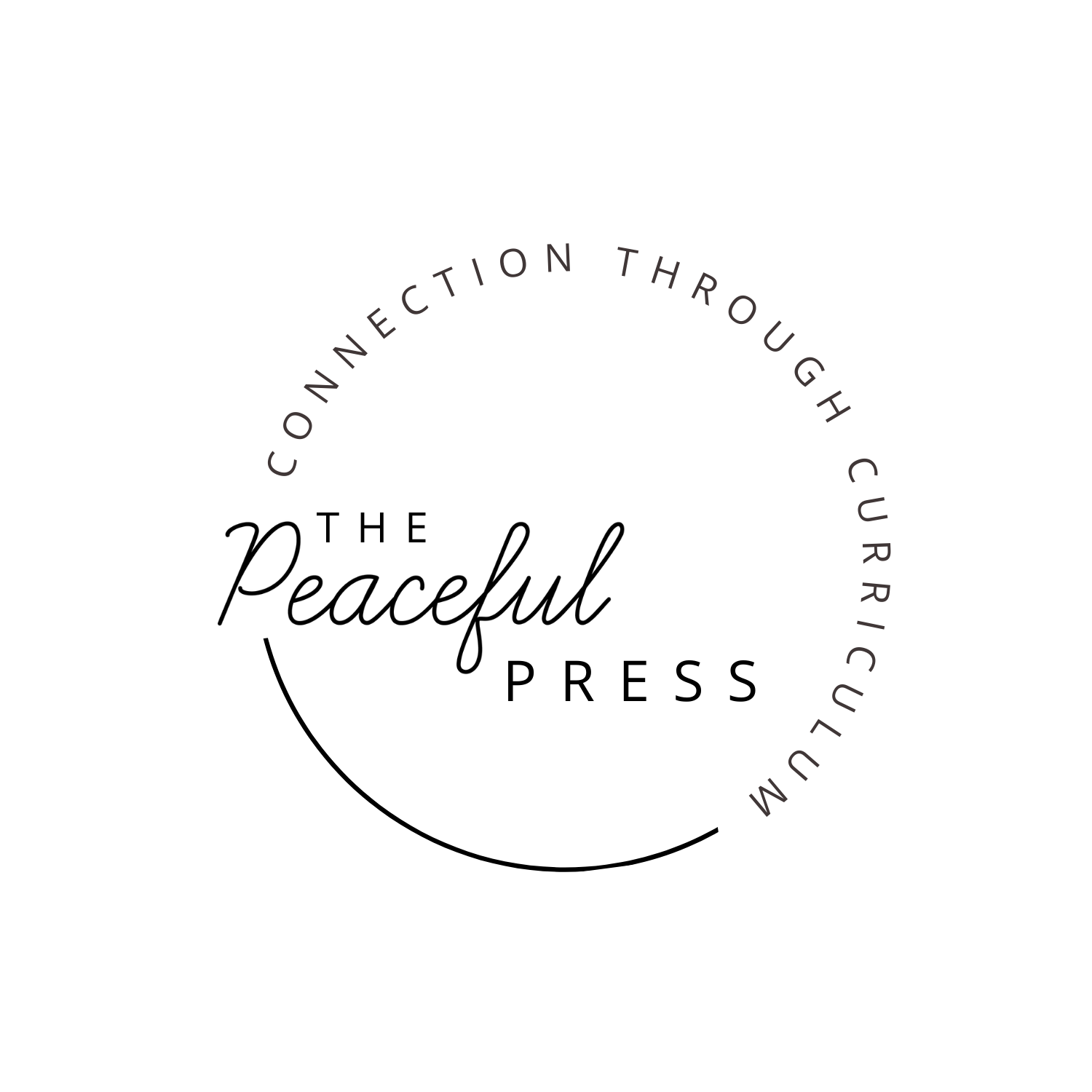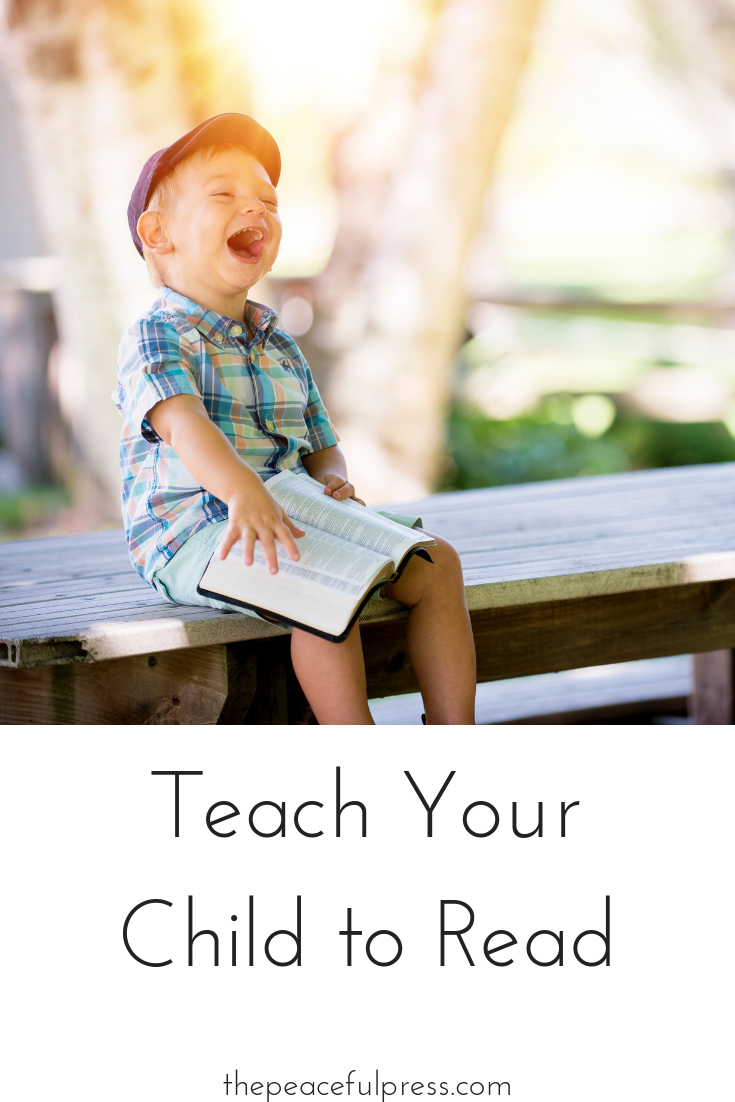Teach Your Child To Read
Pin and share this!
My seventh child is now reading on his own, and I am thrilled to have successfully taught all of my children to read, and for the most part, to love reading.
When I started homeschooling 18 years ago, my research led me to the Spell to Write and Read program. It worked very well with my oldest child, but with my second daughter, who had auditory processing difficulties, I needed to supplement with sight words. Because her auditory sequencing was poor (activities in The Peaceful Preschool program work on building this skill) she needed the boost of sight words to make reading less laborious. It was just too frustrating to try and sound out every single word.
I continued to use Spell to Write and Read with my children, along with reading games that I created from Montessori literature I had read, and it continued to be effective. None of my children were super early readers, but they all (so far) have become avid readers. The child who learned to read the latest, is also the child who has read all the works of Shakespeare.
With my youngest child, who being the baby, had less well-defined motor skills, I switched to All About Spelling materials. It is very similar to Spell to Write and Read, except that their approach is slightly more multi-sensory, and their teacher guide is much easier to understand.
This system worked very well with him, and when he occasionally lost interest his All About Spelling lesson, I would introduce a reading game, such as the Montessori Object Game, or Command Game. The process took a little longer with him, in part because I was a more laid back teacher, and content to let him play, but he is reading, and especially loving the easy readers produced by All About Spelling.
With all my readers, I supplemented with workbooks such as Explode The Code, and with easy books to read. Teaching my children to read wasn't hard; it took some steady reinforcement of phonics sounds and the discipline to set aside time each day to listen to my children painfully sound out words, but once you get past that learning curve, schooling your own children becomes much easier. A child who can read, can also read a recipe, or directions to build an Ikea shelf, and they can certainly get lost in a great novel, which you can then count as "history reading". A child who loves to read, is a child who can take initiative over a large part of their schooling, and ultimately, is a child who becomes a very interesting adult and friend.
If you are just getting started with teaching your child to read, I hope that you feel excited. It isn't rocket science, and the same skills that you used to teach them to eat with a fork, and get dressed by themselves will help you to guide them into this new skill as well. The steps are simple, teach them the sounds that letters make, teach them to blend those sounds together to make words. You can do it. We are here to help.
The Nourishing Nature Kindergarten includes 32 weeks of seasonal learning with a handy checklist to track your child’s phonogram mastery and first grade readiness. Grab it today for a multisensory approach to teaching reading, math, and motor skills for children ages 4-6.
More Favorite Resources
This post contains affiliate links for products we use/used and love.
What letter are you on? Share, by tagging #thepeacefulpreschool on Instagram, or in our encouraging private Facebook group, available with your curriculum purchase.
To purchase the Curriculum, Picture Word Cards, or even grab some of our freebies, click here.
For a complete list of picture books used for The Peaceful Preschool, click here.



